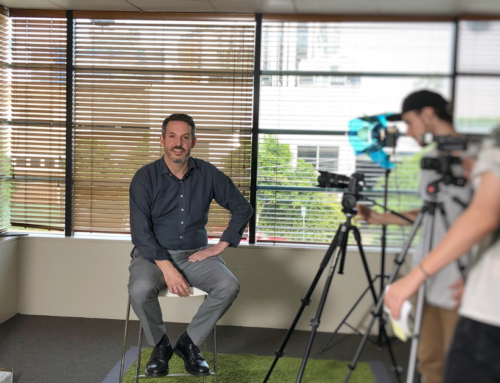|
|
As experienced facilitators, the 3rdView team loves nothing better than bringing participants and a problem together in a room for a conversation. Thanks to remote working, we’ve enjoyed testing and translating our facilitation fundamentals in a virtual context. We’ve taken the time to prototype a range of situations where facilitators and participants connect over technology, and we’ve learned plenty along the way!
To help you fast-track your path to facilitating effective digital conversations, we have narrowed down our top 3 tips on…
- what to retain as a facilitator
- what to change as a facilitator
- participant ‘must haves’ for a great remote meeting
Top 3 things to retain
1. Welcome everyone
No matter who you are, or what the meeting is, being explicitly welcomed into a conversation and making an early contribution through a check-in question goes a long way to helping you feel ready to contribute to the broader conversation. With remote meetings this step is as critical as ever and our experience shows it is well worth investing the first 10-15 minutes of the session. In the current environment the supply of interesting questions has never been richer.
2. Ensure the experience is positive
A critical success measure when facilitating any group conversation is ensuring a positive experience for all attendees. This can seem like a stretch with new tools and technologies, but this is precisely why it is so important. This doesn’t mean you have to nail it in your first video meeting. Learning together with vulnerability and honesty does not come at the cost of a positive experience. As always, proactively moderating the contribution of attendees to ensure balanced contributions is paramount.
3. Stay focused
Just because it’s a virtual meeting doesn’t mean it’s any less important to the organisations and individuals involved. Their time is still a precious commodity, and they will thank you for having a clear purpose and agenda to achieve the necessary outcomes in the allocated time.
Top 3 things to change
1. Facilitation is now a team sport
In our experience it is a high-risk strategy to facilitate important digital meetings on your own. While a versatile, experienced facilitator can deal with most issues that arise in a physical space, in a remote environment it’s more obvious when the facilitator is distracted. To overcome this, we’ve found it highly effective to divide the role into three parts
- a people facilitator – who welcomes people into the session, builds rapport informally, moderates the conversation, takes everyone through the planned agenda, ensures that the session runs to time and achieves the agreed objectives.
- a technology facilitator – who ensures the attendees are familiar and comfortable with the relevant technologies being employed, including the video conferencing software and collaboration tools, also ensuring collaboration spaces are updated in real time as the conversation unfolds.
- an observer – who observes the meeting and advises the other facilitators discretely if they identify any issues that may not be immediately apparent but could undermine the participant experience. More than one observer may be required for large groups or multiple remote locations.
2. Shorter Sessions, More Frequent Breaks
With many remote workers spending a higher proportion of their days sitting at their desk looking at screens, it is important to keep things short and sharp and ensure there are regular stretch breaks. As a general rule, conversations shouldn’t run for more than 45-60 minutes without a break, and longer meetings need to have regular breaks every hour where attendees explicitly stretch and move away from their workstations for 5-10 minutes.
3. Ensure everyone is prepared to contribute
Issues with technology and environment are a key source of distraction in virtual conversations. Eliminating as many of these as possible prior to the session will increase the group’s focus and productivity. A great way to do this is to set preparation activities that allow new attendees to familiarise themselves with the environment that they will be in, the tools that they’ll use, and the mindset that they need to bring. This ensures attendees are ‘ready to go’ when they arrive.
3 Participant ‘must-haves’ for a great remote meeting…
To close, here are three non-negotiables for a great remote meeting.
- Everyone has their camera on (or off). This ensures everyone attends as equals and allows a natural group dynamic. If cameras are on, ask someone for feedback on your background. Remove as many distractions as possible, and have your camera as close to eyeline as possible.
- Mute yourself if you have background noise. This basic courtesy helps attendees maintain focus and productivity.
- Give people feedback in real-time, so they can improve over time. If there is a distraction or issue, let people know so everyone can bring their best selves to the conversation.
Great facilitators are always adapting and learning. We’d love to hear your top tips so we can keep improving too!



